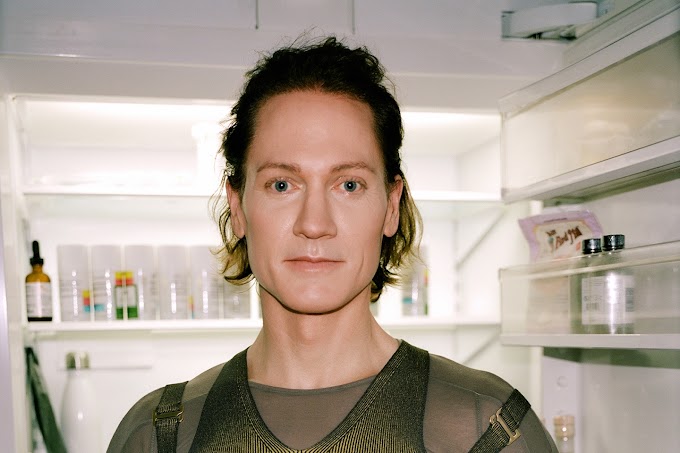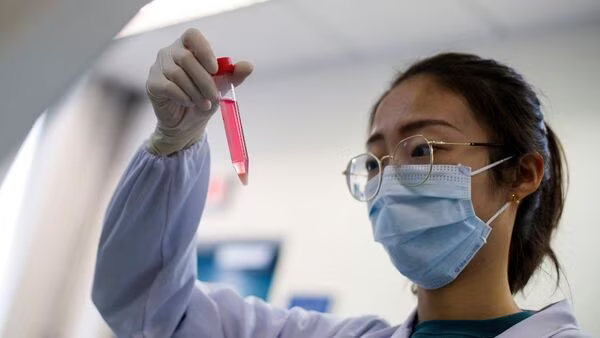Stem cells are special human cells that have the ability to develop into many different cell types, from muscle cells to brain cells. In some cases, they also have the ability to repair damaged tissues.
A stem cell is a cell with the unique ability to develop into specialised cell types in the body. In the future they may be used to replace cells and tissues that have been damaged or lost due to disease.
How do you get stem cells?
Adult stem cells can be isolated from the body in different ways, depending on the tissue. Blood stem cells, for example, can be taken from a donor's bone marrow, from blood in the umbilical cord when a baby is born, or from a person's circulating blood.
Adult stem cells have been identified in many organs and tissues, including brain, bone marrow, peripheral blood, blood vessels, skeletal muscle, skin, teeth, heart, gut, liver, ovarian epithelium, and testis. They are thought to reside in a specific area of each tissue (called a "stem cell niche").
What are the types of stem cells?
Researchers categorize stem cells, on the basis of their potential to differentiate into other types of cells.
Embryonic stem cells :
Embryonic stem cells are the most potent. Their job is to become each and every type of cell in the body.
The full classification includes:
Totipotent:
Totipotent stem cells can differentiate into all possible cell types. The first few cells which appear as the zygote begin to divide are totipotent.
Pluripotent:
Pluripotent stem cells can turn into almost any cell. Early embryo cells are pluripotent.
Multipotent:
These cells can differentiate into a closely related family of cells. For example, Adult hematopoietic stem cells, can become red and white blood cells(WBCs) or platelets.
Oligopotent:
Oligopotent stem cells can differentiate into a few different cell types. Adult lymphoid or myeloid stem cells are typical example of this.
Unipotent:
Unipotent stem cells are only capable of producing cells of one kind, i.e. their own type. However, they are still called stem cells because they can renew themselves. Examples include adult muscle stem cells.
Embryonic stem cells are considered as pluripotent instead of totipotent since they cannot become part of the extra-embryonic membranes or the placenta.
Controversies :
There has been some controversy about stem cell research. This mainly relates to research work on embryonic stem cells.
Use of embryos for stem cells
The controversy is that, using embryonic stem cells destroys a human blastocyst, and the fertilized egg cannot develop into a baby.
Recently, researchers are looking for means to create or use stem cells exclusive of embryos.
Mixing humans and animals
Stem cell research mostly involves inserting human cells into animals, such as mice or rats. Some people argue that this could lead to creation of an organism that is part human.
In some countries, it is illegal to maintain embryonic stem cell lines.
In the USA, researchers can create or work with embryonic stem cell lines, but it is illegal to use federal funds fir stem cell research that were created after August 2001.
Stem cell therapy and FDA(Food and drug Administration) regulation :
Some people are already offering "stem-cells therapies" for a range of purposes, such as anti-aging treatments.
However, most of these uses do not have approval from the U.S. Food and Drug Administration (FDA). Some of them may be illegal, and some can be dangerous.
Anyone who is considering stem-cell treatment should check with the provider or with the FDA that the product has approval, and that it was made in a way that meets with FDA standards for safety and effectiveness.
stem cells useful or not?
Are stem cells important? Yes, they are Superimportant for us. They represent an exciting area in medicine by advent of their potential to repair damaged tissue and regeneration abilities. Some current therapies, like bone marrow transplantation, already make use of stem cells and their potential for regeneration of damaged tissues.










2 Comments
Keep it up shubham ..👍
ReplyDeleteThank you so much 😊🙏🙏
ReplyDelete